Polar bears are iconic mammals of the Arctic, often featuring in natural history documentaries and childrens books, as well as heart-breaking campaigns about the effects of climate change on threatened species due to their reliance on dwindling sea ice.
These fearsome predators are both the world's largest bear species, and the world's largest land carnivore. They mainly hunt bearded and ringed seals, but have been known to occasionally attempt to catch walruses (the world's largest seal species), as well as scavenging on dead animal carcasses such as whales and on garage at human settlements.
What is the scientific name of the polar bear?
The scientific name of the polar bear is Ursus maritimus, which translates to ‘sea bear’.
Polar bears spend their lives on the sea ice, hunting in the ocean and on the ice for food. Because of this, they are classified as marine mammals – and are the only bear species classified like this.
Bears are mammals in the Ursidae family, which consists of eight species:
- Polar bear (Ursus maritimus)
- American black bear (U. americanus), including spirit bears
- Asian black bear (U. thibetanus)
- Brown bear (U. arctos), including grizzly bears
- Giant panda (Ailuropoda melanoleuca)
- Spectacled bear (Tremarctos ornatus)
- Sun bear (Helarctos malayanus)
- Sloth bear (Melursus ursinus)
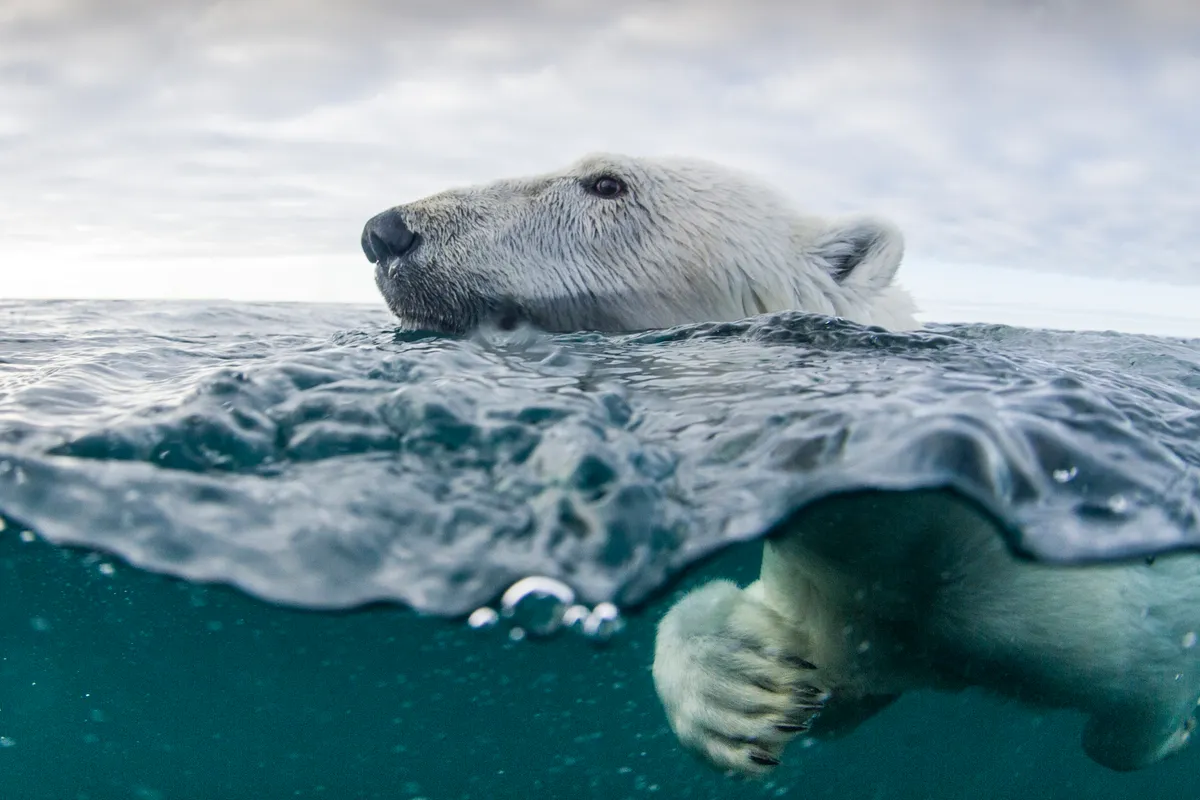
Are there any other names for polar bears?
The Inuit people of the Canadian Artic call the polar bear nanuq, an animal worthy of great respect. In Russia the polar bear is called beliy medved meaning the white bear, while in Norway and Denmark, the polar bear is called isbjorn, meaning ice bear.
Can polar bears breed with brown bears?
Hybrids between polar bears and grizzly bears (a subspecies of brown bear) have been known to occur, usually called ‘pizzly bears’.
What colour are polar bears?
Although polar bears make look white, their skin is actually black. Their fur is translucent, with a hollow core, and appears white because it reflects visible light, which means they are camouflaged amongst the snow and ice.
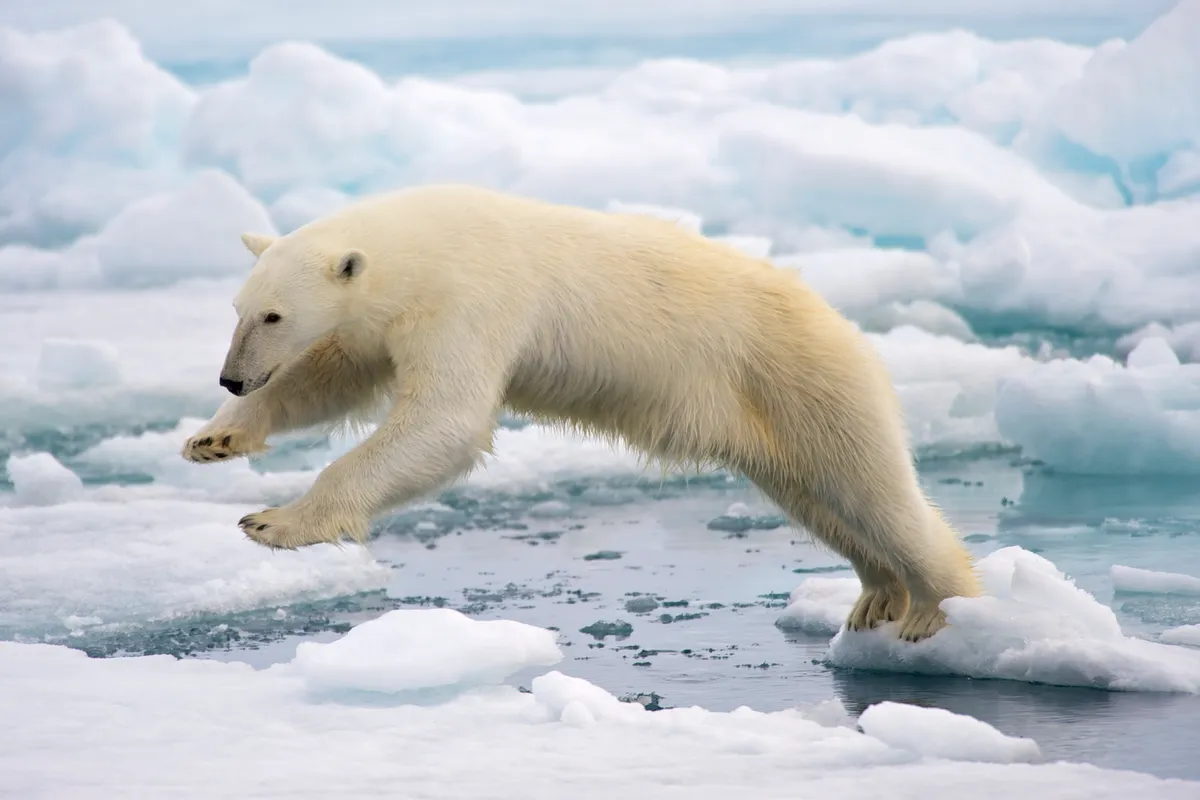
Where do polar bears live?
Polar bears reside mostly amongst the circumpolar regions of Canada, Norway, Greenland and Russia. However, they have been seen further south in James Bay, Canada.
Scientists have found that there are 19 subpopulations of polar bear, found in different parts of the Arctic.
Could polar bears survive in Antarctica?
Quite often, in a case of ‘polar confusion’, people envision polar bears rubbing shoulders with penguins in some unspecified icy waste. And with sea-ice cover in the Arctic Ocean at record lows, some wits might suggest transplanting starving bears to Antarctica, to guarantee their survival.
Conditions there seem favourable for polar bears, which is more omnivorous than commonly thought: though its favoured prey are (ringed) seals, it also ambushes caribou (reindeer), pounces on nesting birds and their eggs, hoovers up mussels and crabs, and even dives to the ocean floor to feed on kelp.
The polar bear’s behaviour is plastic enough to adapt to slightly changed circumstances. Antarctica’s seasons and environment are similar to the northern high latitudes. Sea ice encases the continent, and its waters teem with Ross, Weddell, crabeater, leopard, fur and elephant seals. Colonies of flightless penguins would provide calorie- rich, easy pickings.
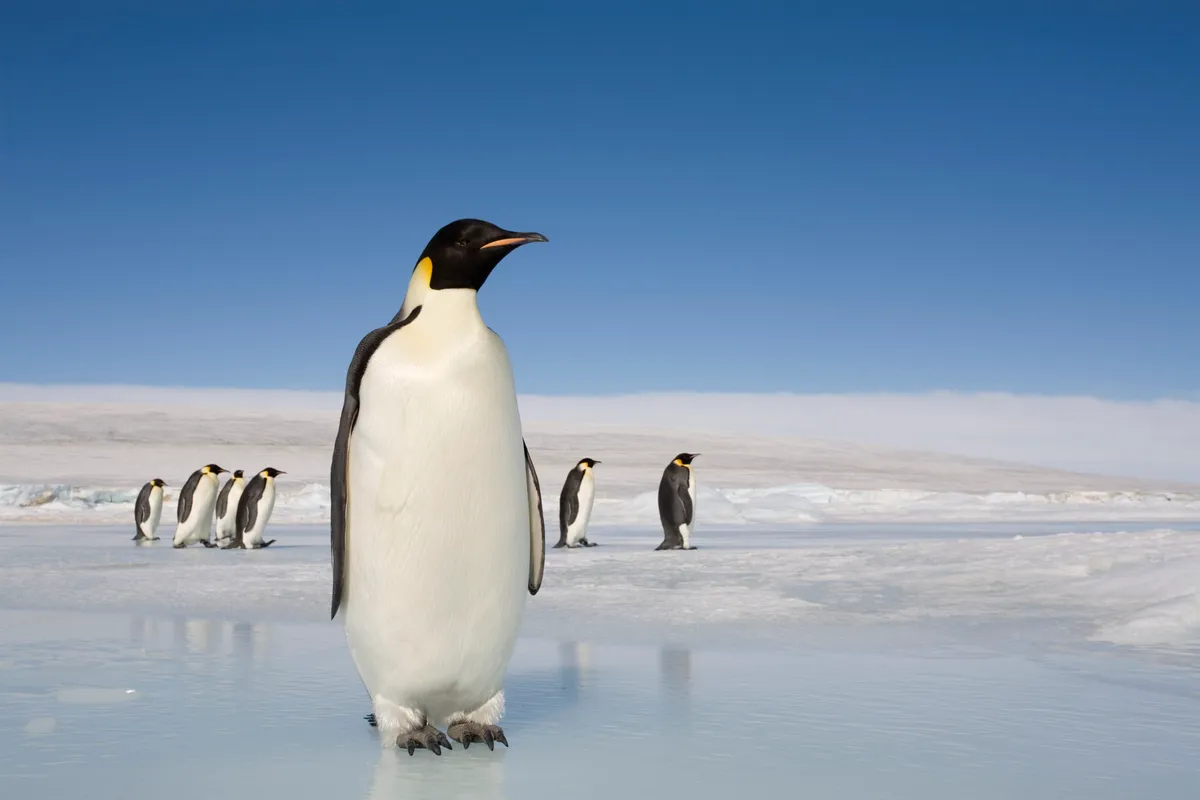
But the results for Antarctic fauna would be disastrous. Its land creatures evolved without terrestrial enemies, and its pinnipeds never learned to fear and evade this ‘amphibian’ – a muscle-packed, blubber-burning powerhouse.
This Q&A originally appeared in BBC Wildlife Magazine, answered by Michael Englehard.
How big are polar bears?
The polar bear is the largest land carnivore, and they're absolutely huge, measuring up to 3 metres in length. Adult males can weigh between 390kg and more than 590kg, and females can weigh between 152kg and 295kg.
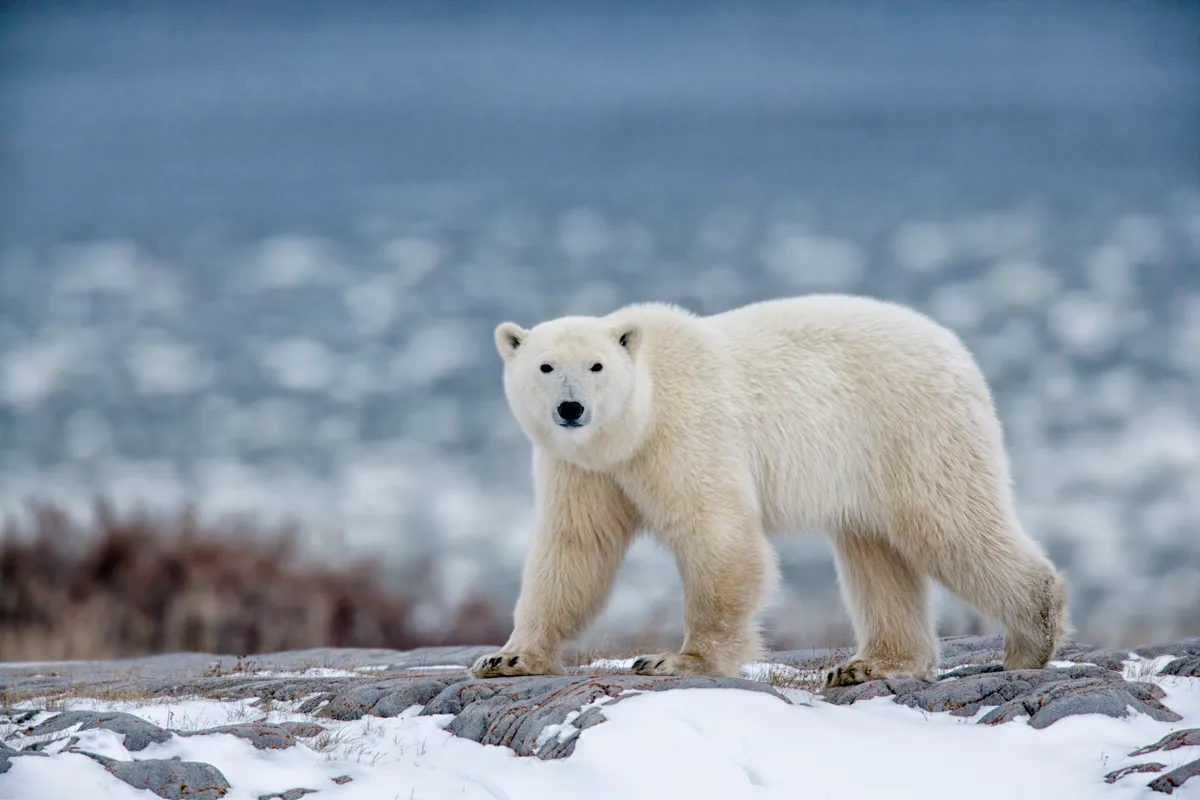
How far can polar bears swim?
Polar bears are able to swim for long distances and for many hours between sea ice, using their front paws (which are slightly webbed) as paddles and holding their hind legs flat to act as a rudder. They can reach speeds of up to 6mph in water.
What do polar bears eat?
Ringed seals and bearded seals are a polar bear’s main food source, but they have been known to scavenge on whale carcasses. In areas where there are human settlements, they sometimes scavenge on garbage.
In a single sitting, the carnivore can eat 45kg of blubber but during months when prey is scarce it can slow down its metabolism until more food is available.
Please note that external videos may contain ads:
Polar bear vs walrus. © BBC
Polar bear stands her ground to feed her cubs. © BBC
How do polar bears find their food?
Using their amazing sense of smell, these efficient hunters can detect prey almost a kilometre away, and nearly a metre below the compacted snow. They often wait by seal breathing holes in the sea ice, or at the edge of the sea ice, for the seals to surface for air, at which point they attack. Polar bears aren't quick enough to catch seals in open water.
However, only 2% of polar bear hunts are actually successful.
Please note that external videos may contain ads:
Hungry polar bear ambushes seal. © BBC
Polar bear cub is surprised by a seal. © BBC
Do polar bears have territories?
Polar bears do not have territories, since the Arctic sea ice is so changeable. Instead, individuals have home ranges, which are not defended and will overlap with other polar bears.
Why don't polar bears slip on the ice?
In order to walk easily on the icy terrain polar bears have non-retractable claws and paw pads that act like suction cups, thanks to the presence of small bumps called papillae. Their huge paws can up to 30cm across, which help them walk on thin ice.
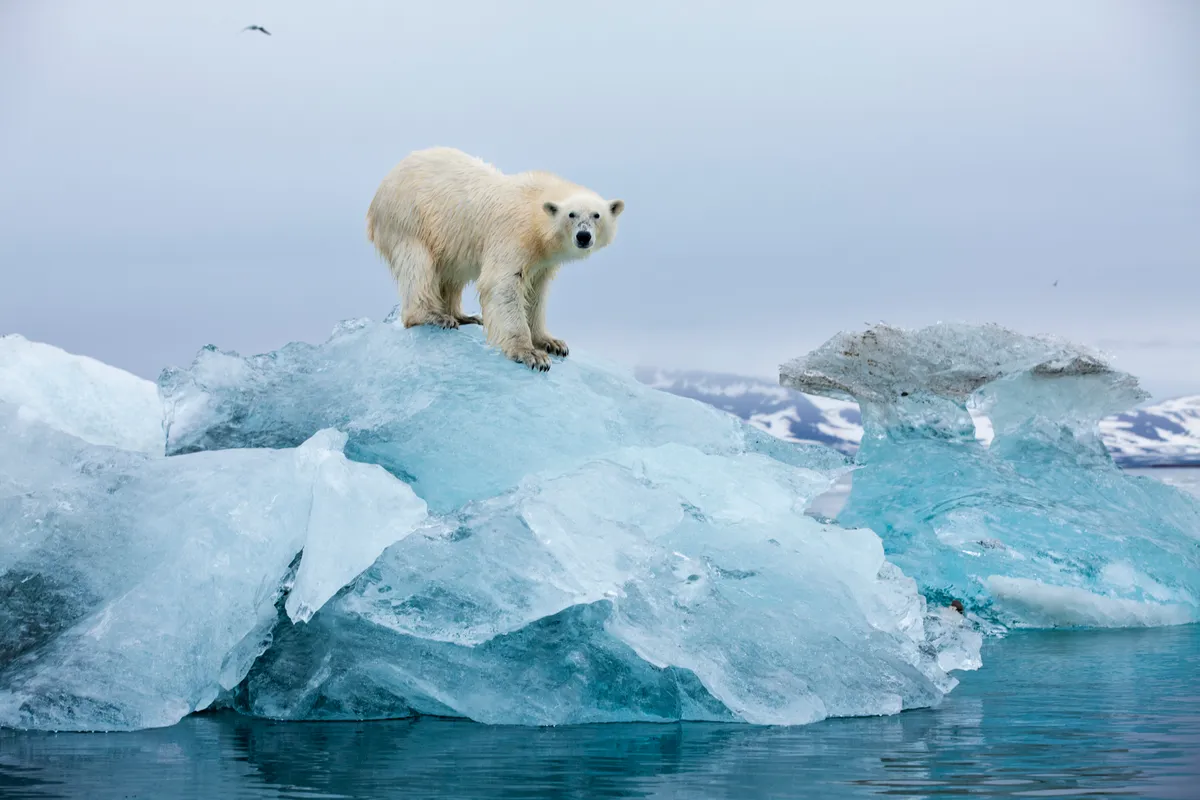
How long do polar bears live?
In the wild, the average life span of polar bears is between 25 to 30 years.
How do polar bears stay warm?
Polar bears depend on their fur for insulation during harsh winters. Dirty, wet and matted fur is less likely to keep the animals warm so they wash it in the snow to keep it clean.
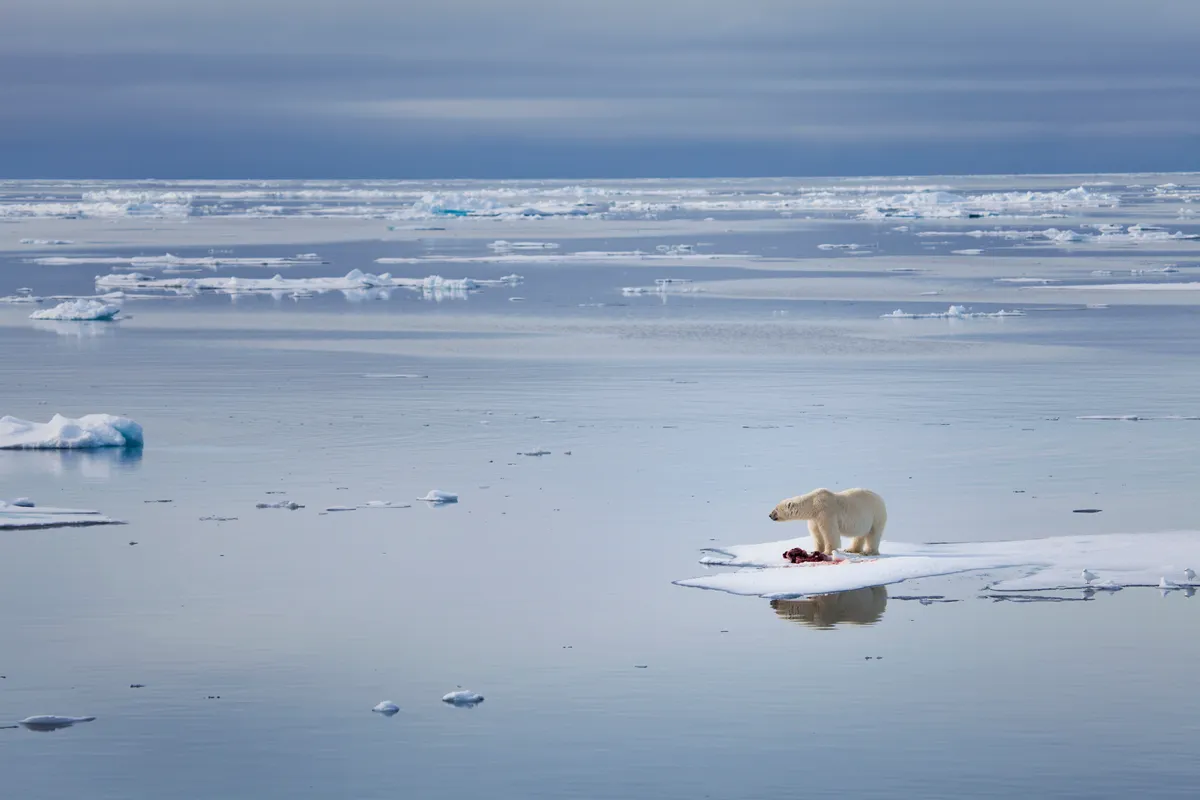
How many cubs do polar bears have?
Female polar bears usually give birth to twins in winter, digging into deep snow drifts to create a den, which weigh around half a kilogram each and measure 30cm in length. A single cub or triplets is uncommon. The pair of cubs will remain with their mother for the first two years of their lives before leaving to find their own territory.
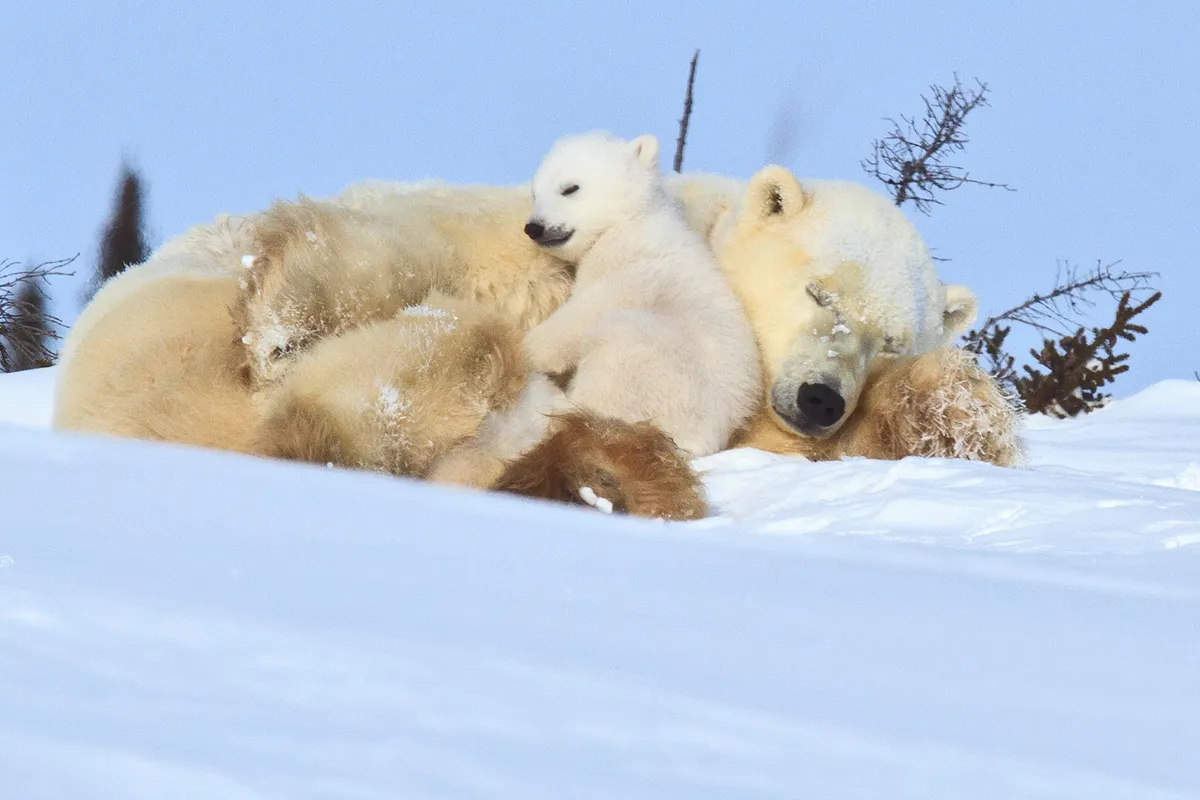
Please note that external videos may contain ads:
Polar bear cubs taking their first steps. © BBC
Are polar bears endangered?
Polars bears are listed as Vulnerable on the IUCN Red List (last assessed in 2015). Loss of Arctic sea ice due to climate change is the most serious threat to the animals throughout their range.
They face threats from habitat destruction due to oil and gas exploration work, which also poses a risk of oil spills. As predators, they are exposed to toxic chemicals that are in their prey.
How did polar bears evolve?
The oldest known polar bear fossils hail from Svalbard and northern Norway and are dated at 115,000–130,000 years old, before the beginning of the last Ice Age. But some biologists think that polar bears diverged from brown bears as early as 600,000 years ago.
According to current research, polar bears evolved from brown bears that ventured onto the frozen ocean to stalk marine mammals during the last major period of glaciation. Through natural selection, the palest individuals with the greatest amount of fat would have had the best chance to survive and therefore reproduce.
It was not a single, clean-cut departure, however, and repeated pairings between both species occurred (DNA analysis shows only a 1% difference between polar bears and one Alaskan brown bear population).
Shrinking sea-ice is forcing landlocked polar bears to mingle with their southern cousins once again, particularly as the latter are now travelling farther north.
In coastal Arctic Alaska, grizzlies have been observed feasting on bowhead whale carcasses, sometimes in the company of polar bears.
This Q&A originally appeared in BBC Wildlife Magazine, answered by Michael Englehard.
When is International Polar Bear Day?
International Polar Bear Day falls on 27 February each year.
Main image: Polar bear with twin cubs, in Hudson Bay, Manitoba, Canada. © Johnny Johnson/Getty
